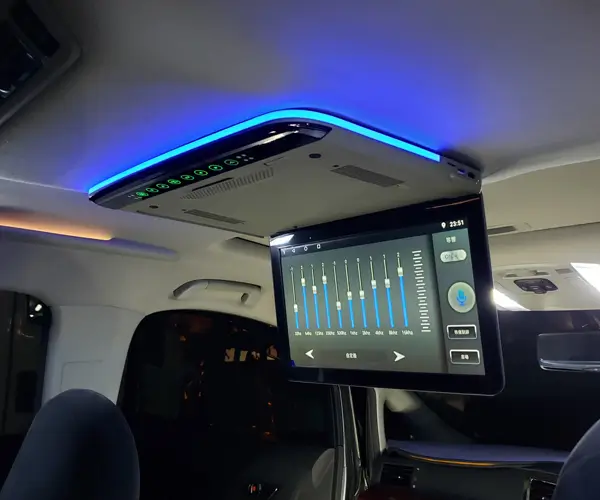Imagine a bustling city — every building, every street, working together seamlessly without chaos. That’s the core idea behind microservices cloud architecture. Instead of one monolith app trying to do everything, you break it into smaller, independent pieces. Think of each piece like a tiny business, managing its own tasks but coordinating with others smoothly.

Ever wonder why some apps bloom overnight while others stumble? Microservices make scaling a breeze. Suppose one feature suddenly gets popular — instead of rewiring the entire app, just spike up that one service. It’s like adding extra lanes to a highway instead of rebuilding the whole road. This flexibility saves time and money while keeping everything running without a hiccup.
Plus, think about updates. If you want to roll out a new feature or fix a bug, it’s often just a matter of tweaking one small part. No need to shut everything down or worry about breaking other pieces. Doesn’t it sound simpler, more reliable? It’s kind of like the difference between fixing one gear on a bike versus rebuilding the whole bike every time something goes wrong.
Now, cloud technology? It’s the secret sauce. Instead of worrying about maintaining servers or storage, you tap into a cloud provider that takes care of all that. Your microservices expand or shrink on demand. Missed a huge sales event last holiday? No worries—your cloud setup can handle sudden traffic spikes without crashing. That kind of elasticity is what keeps users happy and businesses agile.
And, hey, security isn’t left behind. With proper segmentation in microservices, if one part faces issues, it doesn’t take down the whole system. Imagine a container catching fire but the rest of the city keeps purring along. That’s the kind of resilience cloud combined with microservices can bring.
So, how does all this translate into real-world impact? Companies that adopt microservices in the cloud cut time-to-market drastically. They innovate faster, adapt quicker to customer needs, and stay ahead of competitors. It’s like switching from a horse-drawn carriage to a sleek electric vehicle. The ride is smoother, faster, and way more exciting.
What’s the twist here? Not every microservices setup is a slam dunk. Implementing it requires thoughtful planning—getting those services talking in a language they all understand, ensuring data flows without leaks, and making sure scaling doesn’t turn into chaos. But with the right platform, the benefits far outweigh the challenges.
If you’ve been thinking about modernization, this architecture could change your game completely. It’s not about just staying afloat but sailing ahead through turbulent waters. Think bigger, be faster—innovate way beyond the usual. That’s what microservices in the cloud can do for you.
Established in 2005, Kpower has been dedicated to a professional compact motion unit manufacturer, headquartered in Dongguan, Guangdong Province, China. Leveraging innovations in modular drive technology, Kpower integrates high-performance motors, precision reducers, and multi-protocol control systems to provide efficient and customized smart drive system solutions. Kpower has delivered professional drive system solutions to over 500 enterprise clients globally with products covering various fields such as Smart Home Systems, Automatic Electronics, Robotics, Precision Agriculture, Drones, and Industrial Automation.




































